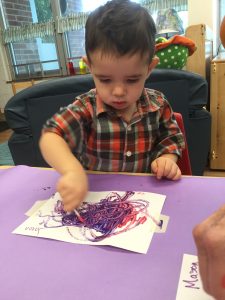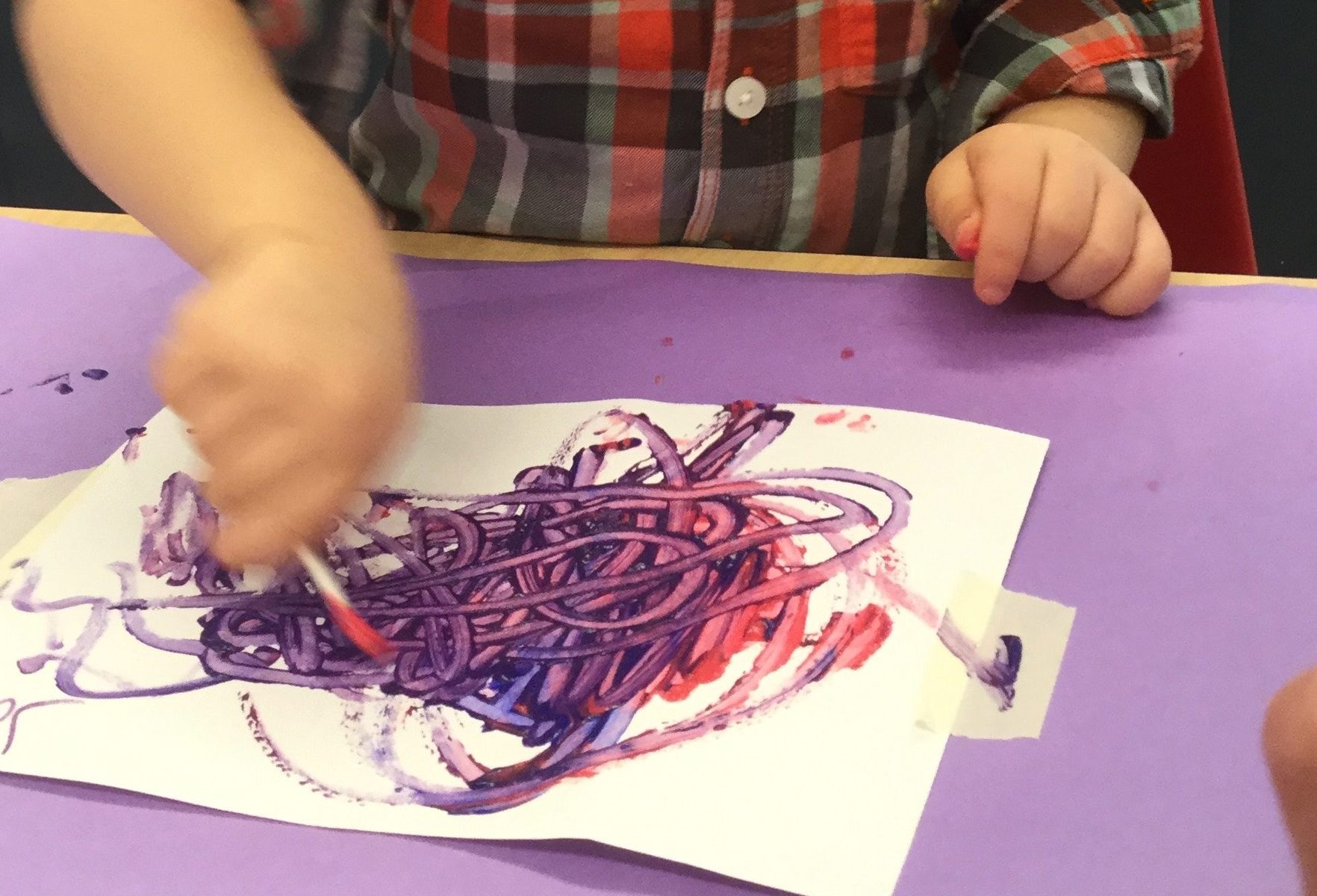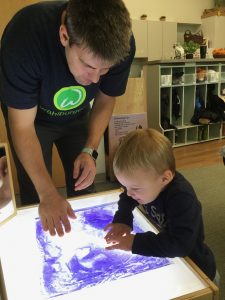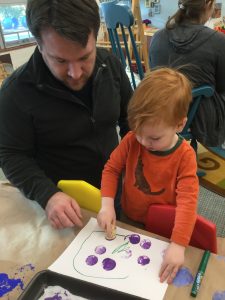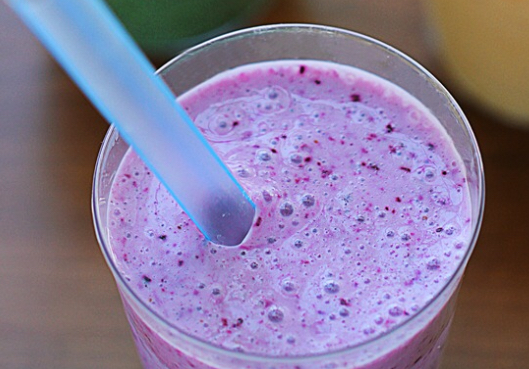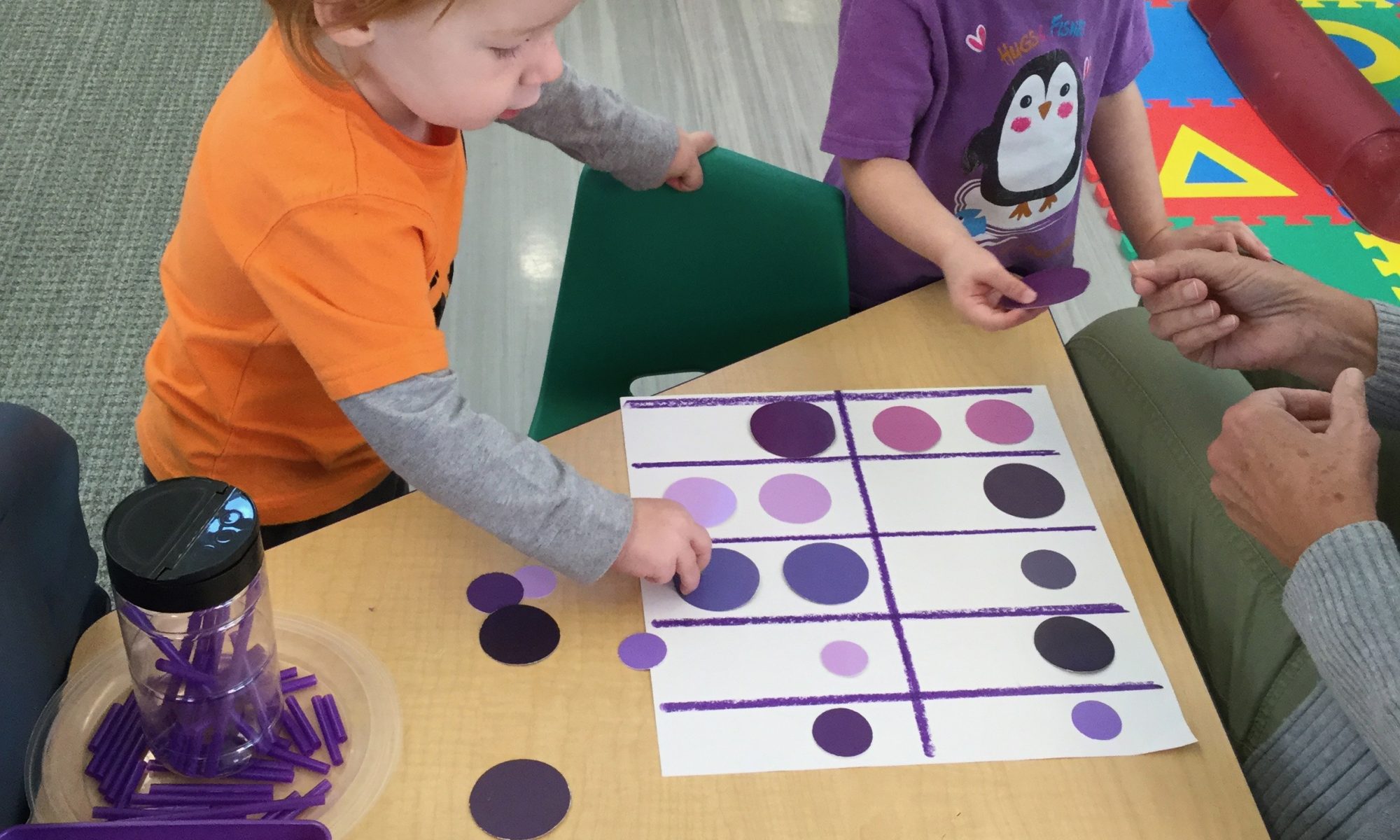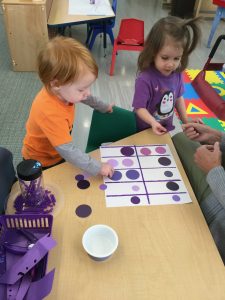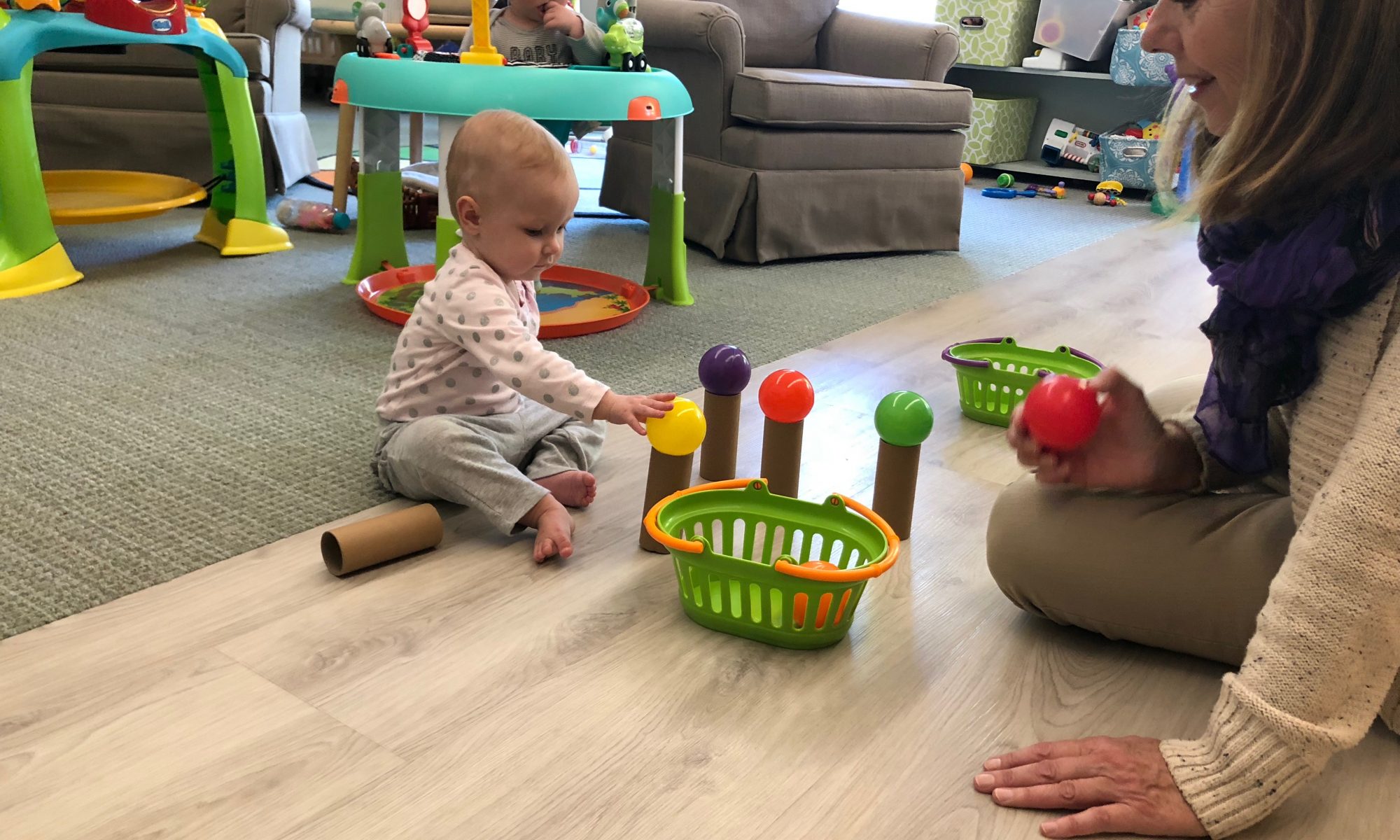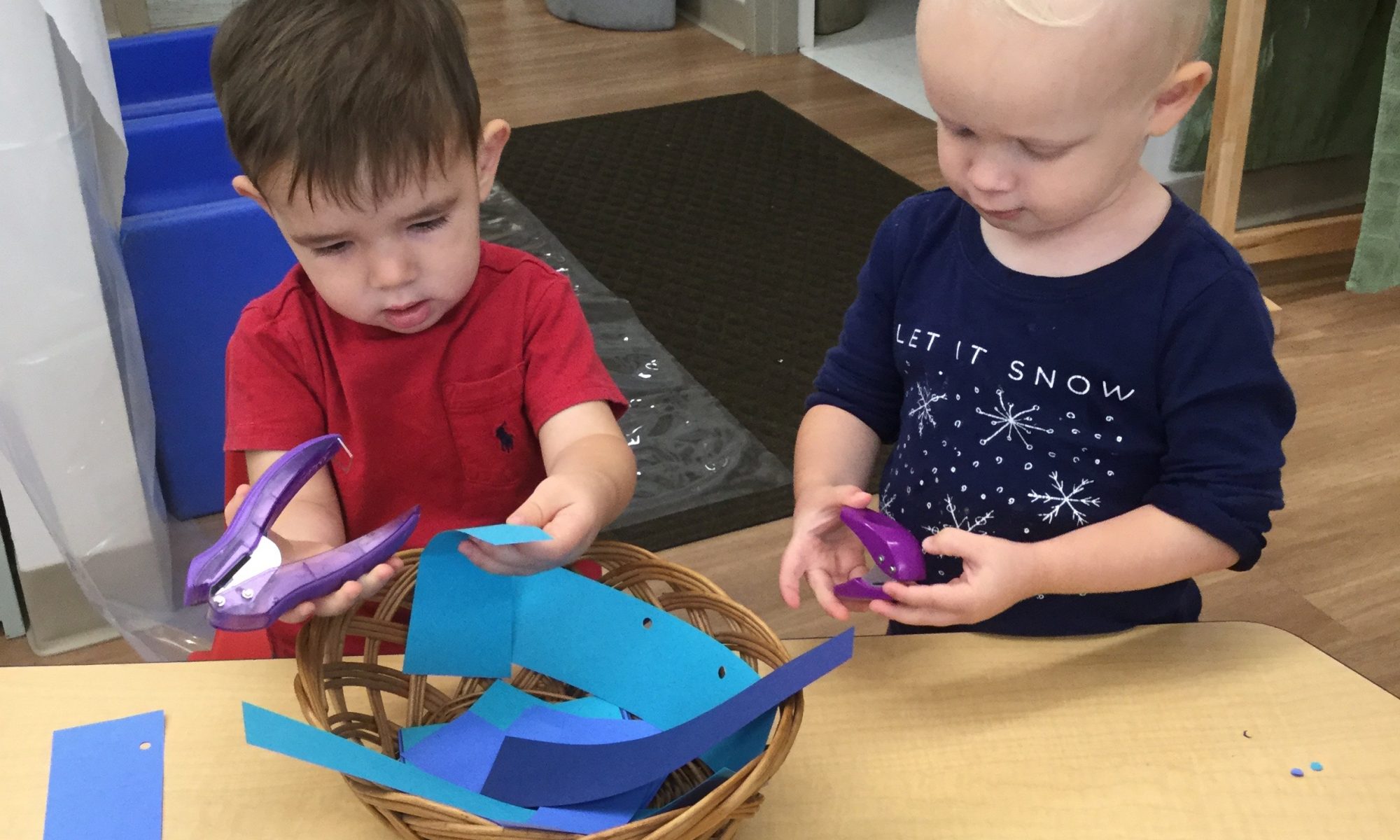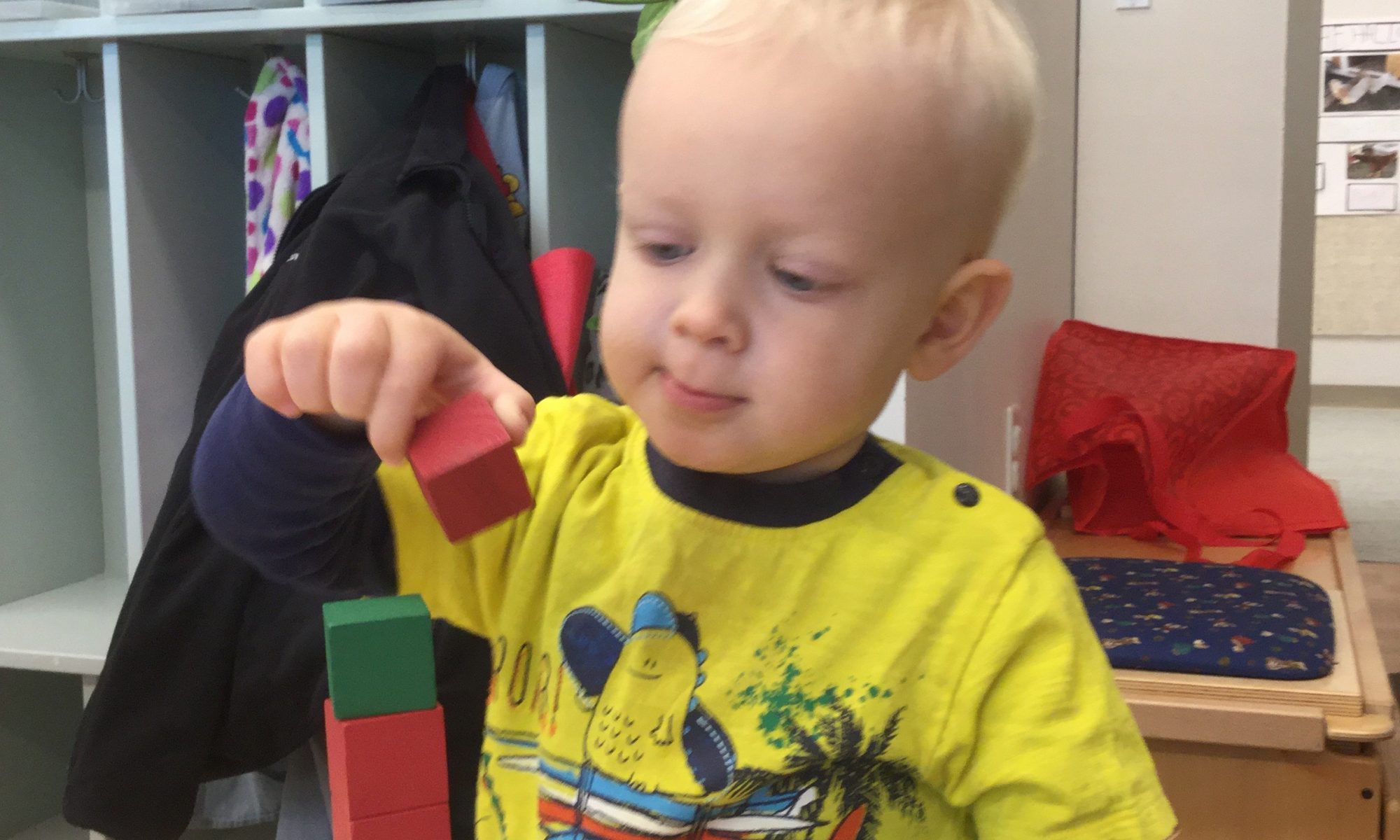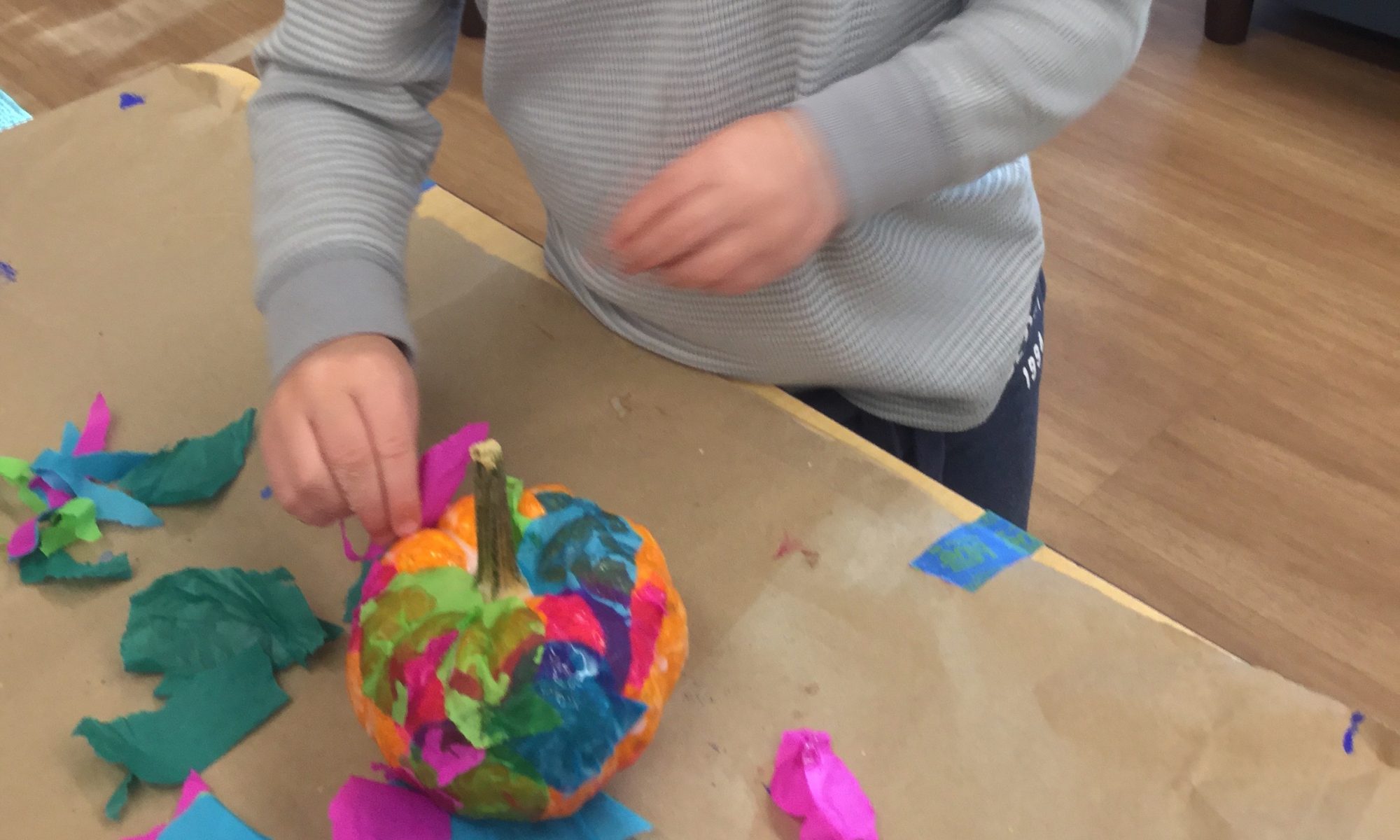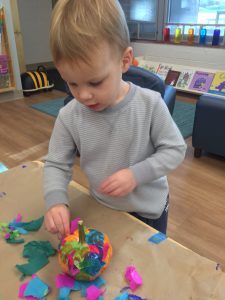By Mildred E. Cawlfield
The trickiest part of parenting is deciding when to set and enforce rules with children and when to give opportunities for independence and initiative. Parents have more experience and broader perspectives than a child, so they should set reasonable limits for children’s behavior and follow through consistently to enforce them. Failure to do this can result in an overindulged child who isn’t pleasant to live with. On the other hand, if there are too many rules, a child lacks the opportunity to become responsible and to think for himself.
Sometimes at Acorn seminars parents share ideas of rules they feel are important for young children and also what choices they give children in various areas. Probably the area of greatest divergence among parents is limit- or rule-setting, because we all have slightly different expectations of children based on our own experience and understanding of children’s capabilities. The best rules are ones that are in keeping with the child’s present capabilities and can be enforced consistently.
For instance, to insist that a one-year-old be toilet trained, or that a two-year-old sit quietly with “good manners” through a formal hour-long meal, will lead to a stressful situation. Whereas a parent can reasonably expect and teach a toddler to sit down while he eats and not to climb on tables or throw food or hard objects. The parent sees that the child obeys (if necessary moving him physically, lovingly but firmly) while stating the rule. (“We sit down to eat.” “Tables are not for climbing.” “Balls are for throwing.”) Remember that praise of good behavior is the most effective learning procedure.
In the latter part of the second year, the one-year-old learns that he has some ideas of his own that differ from his parents’. He takes delight in communicating these ideas and trying them out. It’s important for him to learn then and throughout childhood that some of these ideas are fine and others are not. The most important job of the parent is to help him see which ideas help him fit well into the family — or society — and which ones need to be eliminated or modified.
To help with this process, it’s good to think through your expectations and also what choices you can give the child in various situations. Remember that your decision must seem right to you, and will vary from home to home. It’s important not to let a child manipulate or dominate you. If a child wants a choice that’s not offered, the parent simply says, “That’s not a choice.” These expectations and choices will change as the child grows older.
Bedtime
Common expectations of parents:
• The parent decides when and where bedtime is to be, taking into consideration the child’s readiness and need for sleep.
• The child is to be dressed appropriately for bed and have necessary preparations made – teeth brushed, drinks taken and toilet needs met.
• Parents establish a bedtime routine they can live with.
Possible choices for children:
• Which stuffed animal to take to bed.
• Which pajamas to wear.
• What story to listen to.
• How to go to bed (walk, tiptoe, hop, piggyback ride, etc.).
Mealtime
Expectations:
• We sit down when we eat. When we leave the table, it means we’re finished.
• We wash our hands before and after eating.
• We eat nicely so others will want to be with us. (The definition of “nicely” varies with the age of the child.)
• We eat at regular periods. (a regular snack time may be included.)
• We don’t eat sweets between meals.
• The child takes responsibility for eating and feeding himself after age two, having gradually gained the needed skills during the previous year.
• We try to take a taste of every food offered. Some food should be available at every meal that you know your child will eat. (Note: the receptivity to foods should be strongly encouraged, but can’t be forced. Forced eating merely reinforces a child’s conviction of his tastes.)
• Small portions will be served and seconds offered.
• We clear our plates off the table.
Choices:
• Some food choices — which breakfast cereal, which way to fix eggs, which kind of sandwich at lunchtime, etc.
• Which way to help the cook before dinner (deciding between choices given).
• If choices are available, which spoon, cup, plate, or napkin to use.
• Which food to eat first (trying the least preferred food, when hungry, aids receptivity.) • Whether to have a second helping or not.
Dressing
Expectations:
• We wear clothes appropriate to the occasion and the temperature. (Parents, because of their experience, determine this, but must be in tune with the child’s temperature needs. Sometimes the impersonal authority of the thermometer helps the child understand the ruling.)
• The general rule may be supported by more specific ones such as: A certain kind of clothes and shoes are worn to church; another kind are for play, etc.
• The parents may determine when the child should be dressed (i.e. before breakfast, etc.) • Clothes are to be hung up or put in the laundry — not on the floor.
• If favorite clothes are in the laundry, the child must wait until the next regular laundry time to have them again. (Doing extra daily laundry to satisfy dressing whims doesn’t give a child the proper perspective of his rights in relation to others’.)
Choices:
• Which of two or three appropriate outfits to wear.
• Which hook to hang clothes on. • What accessories to wear with clothes.
• Whether or not to have special play dress-up times using specified clothing.
In Social Situations
Expectations:
• We use gentle hands and feet with our friends.
• We use words, not unkind actions, to communicate our feelings and desires.
• If we’ve made someone unhappy, we have the responsibility for helping him be happy again.
• If we want something, we ask nicely for it or ask for a turn with it. • If someone wants something we have, we explain what we’re doing with it, and when we’re finished, we give him a turn.
Choices:
• What friends to play with (in some cases).
• What toys (that we don’t want to share) to put away before friends come to our house.
• What toys to take to our friend’s house to share.
• What toys to play with that someone else isn’t using.
You may wish to add to or subtract from this list when starting your own. The child will learn and follow the rules if those adults caring for him agree and enforce them consistently. Though there will always be some variation, this is an important goal to strive for. Be assured that your child can understand some inconsistencies of rules as they vary from one place to another. Children are remarkably perceptive in determining what the limits are in each setting. They will take their cue from you!
“It takes courage to train our children in the things which most thoroughly make for happiness. Obedience, unselfishness, consideration, self-sacrifice, thoroughness, accuracy, and honesty are not acquired without real striving. And yet they are essential to successful living.” (E.A.P. p. 27)
